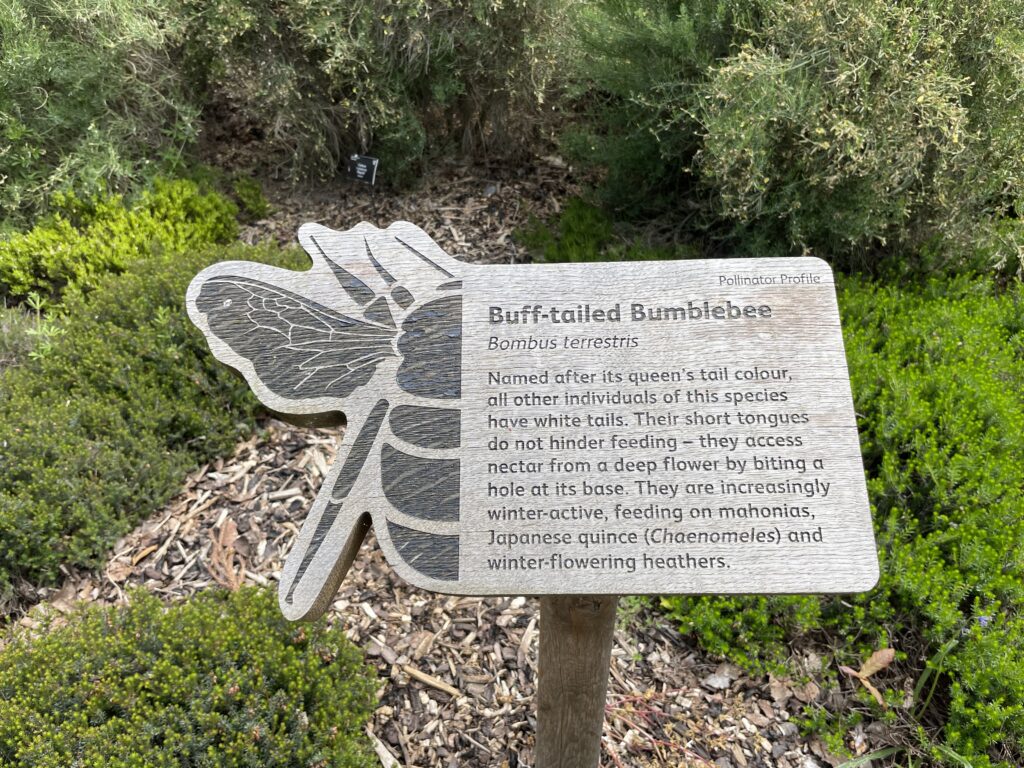Principle 7: Integrate Cultural Heritage And Natural Resources
EWU has a very dedicated and professional landscape maintenance staff. During discussions with staff, several suggestions were made to improve the sustainability of the campus. Staff should be involved in projects from design through construction to help ensure that the landscape projects can be maintained with available resources. The EWU campus landscape has developed one project at a time, with the landscape and irrigation for each new building generally standing alone with limited connection to the landscapes that preceded them. EWU has begun the implementation of a central control system for irrigation that will significantly improve the ability of maintenance staff to monitor and adjust irrigation timing to maximize efficiency. Small remnant turf grass areas are frequently created that are difficult to irrigate and maintain efficiently. Part of this master plan has been to develop a framework for maintenance staff to identify areas that may not need irrigation or where the existing irrigation system should be modified to be more efficient and reduce water waste. Mowing lawns at a greater height where turf remains encourages the grass to extend deeper root systems and become more drought tolerant.
 Principle 7
Principle 7